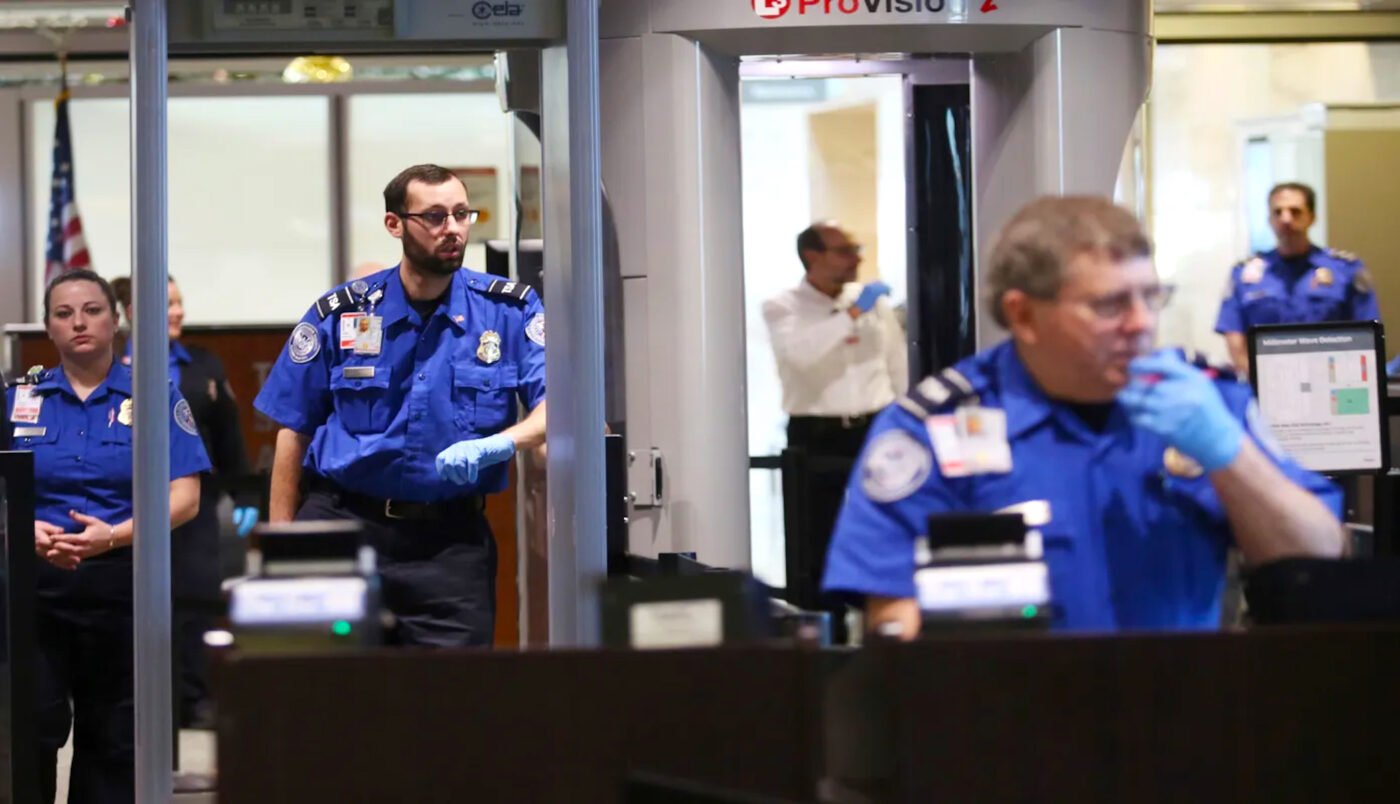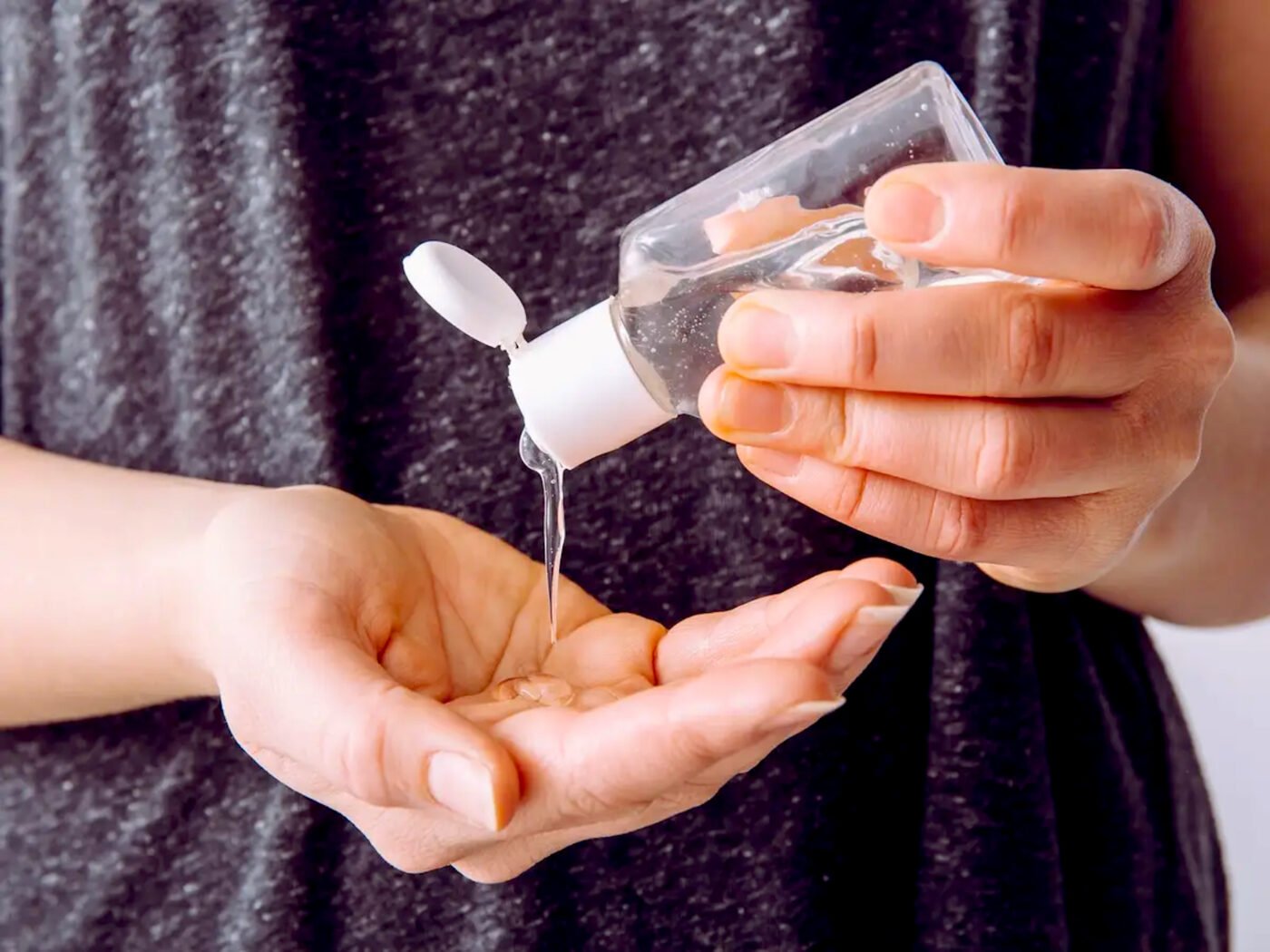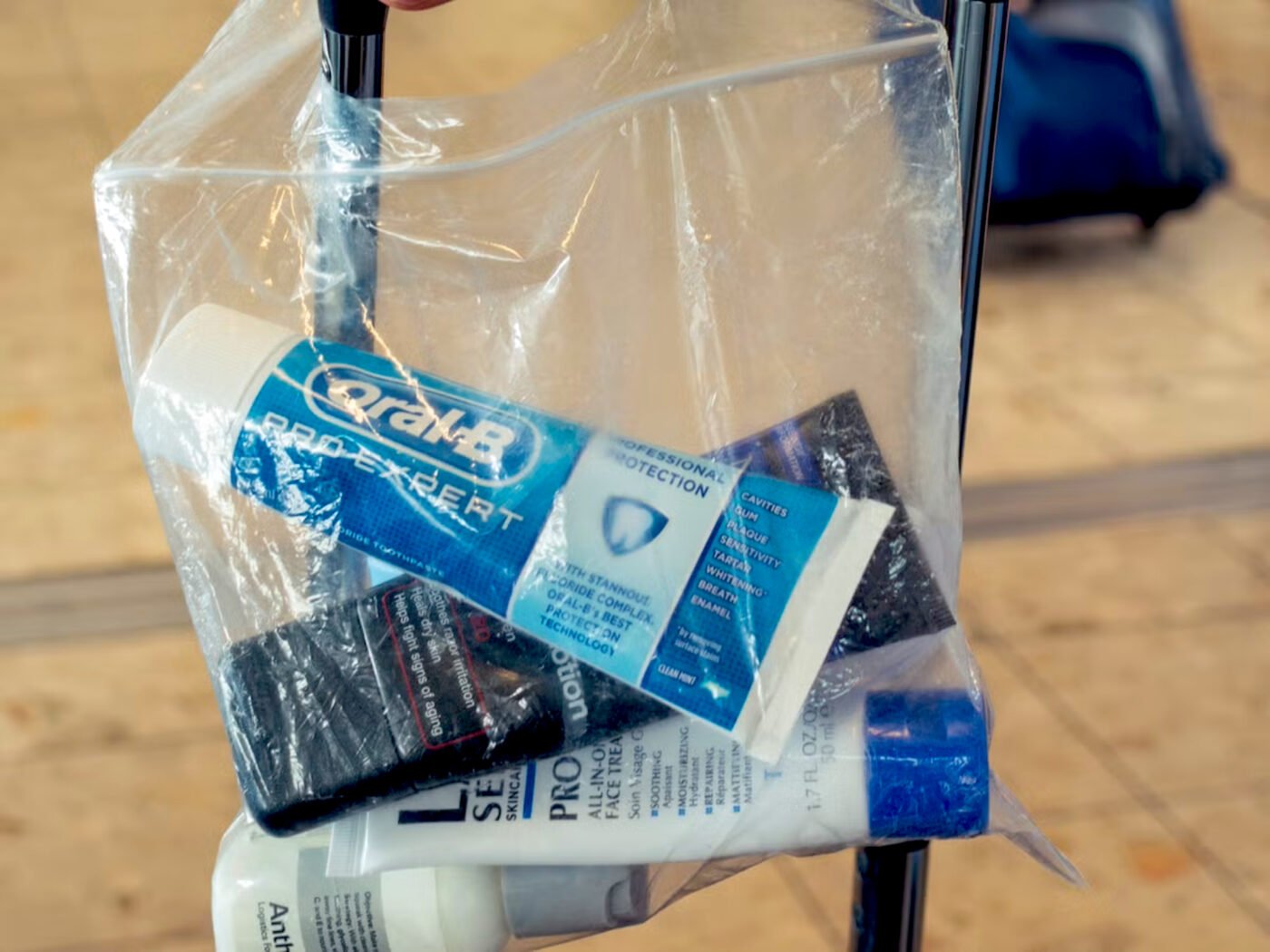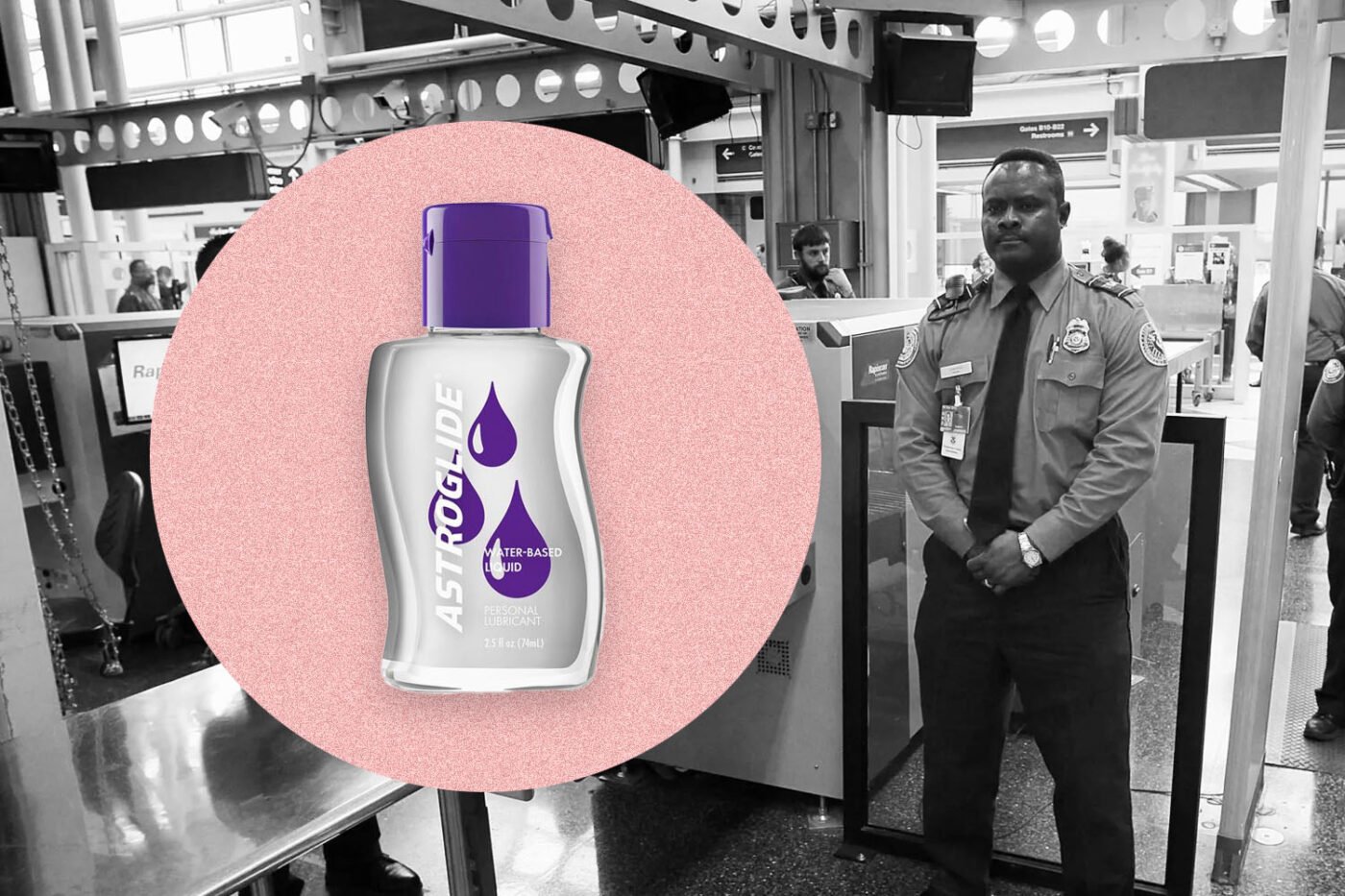- TSA may soon lift the 100ml liquid limit for carry-on bags due to new CT scanner tech.
- Full-sized items like baby formula and medical liquids could be allowed.
- Europe lags behind on similar changes due to rollout delays.
While Global Entry just made travelling to the USA a lot easier, the states remain notorious for their stringent Transportation Security Administration (TSA) rules. However, things may soon be getting a little more convenient, with the TSA reportedly preparing to relax its decades-old restrictions on carrying liquids in hand luggage. Multiple sources have suggested these changes are imminent and that passengers will soon be allowed to bring full-size liquid items through security, free from previously bothersome limits.
The TSA’s Current 3-1-1 Rule
The TSA’s 3-1-1 rule, though often a source of irritation for travellers, was quite understandably established shortly after the infamous 9/11 attacks to prevent passengers from carrying potentially dangerous liquids onto aircraft. The current guidelines can be summarised as follows:
- Container size: Passengers can only carry liquids, gels, creams, and aerosols in containers that hold no more than 3.4 ounces (100 millilitres) each.
- Bag limit: These containers must fit into a single quart-sized (roughly 1 litre), clear, resealable plastic bag.
- One bag per passenger: Each traveller is permitted just one bag for these items.
This has been the norm for over two decades, giving passengers plenty of time to learn and acclimatise to the rules, as well as prepare for their flights accordingly. Nevertheless, they have frequently been criticised as overly restrictive and wasteful, resulting in the disposal of millions of dollars worth of liquids at security checkpoints.

There are a few exemptions under the current regulations: Larger quantities of liquid medications are permitted if properly declared at security checkpoints; Breast milk, infant formula, and baby food can exceed the 100 ml limit if separated for additional screening; Liquids purchased at duty-free shops can be carried onboard if sealed in secure, tamper-proof bags.
Which TSA Liquid Limitations Are Being Relaxed?
Certain full-sized liquid products could soon be allowed in flyers’ carry-on luggage. This is all thanks to big advances in security technology, Computed Tomography (CT) scanners in particular, which generate highly detailed 3D images of travellers’ bag contents, allowing for far more precise detection of dangerous substances without awkward manual interference. Given that these scanners can do much of the heavy lifting with detecting dangerous substances, it has facilitated this policy change around allowing non-threatening items — listed below — to pass through security with far fewer limitations.
The TSA is expected to allow twelve types of liquids to be transported in larger quantities:
- Breast milk and infant formula: Parents will be able to bring as much as needed for the given journey.
- Baby food and water: No restrictions for parents travelling with infants.
- Liquid medications: Allowed without volume limits, though we recommend carrying a prescription to justify their presence.
- Hand sanitiser: Passengers will be able to carry larger bottles, up to 1 litre.
- Nasal sprays and saline solutions: Allergy sufferers and asthmatics rejoice.
- Inhalation liquids: For asthma and other respiratory conditions.
- Artificial tears, eye drops, and Contact lens solutions: No need to decant into smaller bottles.
- Aerosol deodorants (non-flammable): Both body and hair sprays are on the cards.
- Dental prosthesis cleaning solutions
- Medical creams and lotions: Full-sized containers will be allowed. Again, we recommend taking your prescription.
- Live fish and specimens in water: Perhaps the strangest one on the list, transporting live fish will be permitted.
- Ice packs: For medical items requiring refrigeration, freezer packs will be allowed.

How Do These Changes Compare To Liquid Restrictions In The Rest Of The World?
Unfortunately for European travellers — both those travelling to and from any one of the 27 member states — their version of the 3-1-1 rule still applies. It was planned to be ditched by the end of the calendar year thanks, as in the US, to the introduction of high-tech new scanners. However, this rollout has been delayed, so flyers are stuck with the classic plastic bag scenario…

In short, that means all liquids and electronics must be removed from bags and scanned separately. Liquids must be inside containers no bigger than 100 millilitres (3.4 liquid ounces) and have to be stored in a clear plastic bag, around 20 x 20 cm (7.9 x 7.9 inches, for our imperial-loving readers).
In Australia, things are a little different. While the limits on the amount and type of liquids you can bring are broadly the same and the Australian Border Force specifies that they must be presented ‘separately’ to your bag for screening, this isn’t always the case. Some airports, including Sydney Kingsford’s Smith International terminal, already have these fancy new scanners, so while your liquids do need to be in an appropriate bag, they won’t need to be yanked out of your carry-on for security scans.
While Euroflyers might be dismayed at the delay, this news from the TSA suggests that we are rapidly approaching a much more convenient frontier of air travel, supported by technological advancements that many will be beyond thrilled about. The robots may be coming for our jobs, but at least they’re going to make holidays a little less stressful in the intervening years…
